What is a duvet cover and how to choose one?
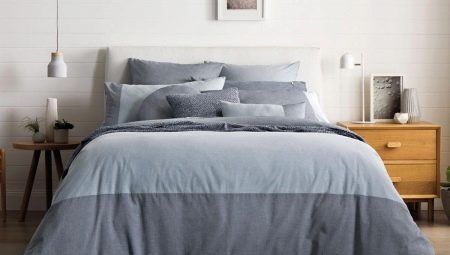
Cozy bedding is an important part of a modern person's bedroom. Not only the bed, mattress and blanket are responsible for quality rest, but also pillowcases, a duvet cover and a sheet. If you choose the right bedding set, taking into account your own wishes, excellent sleep is guaranteed.

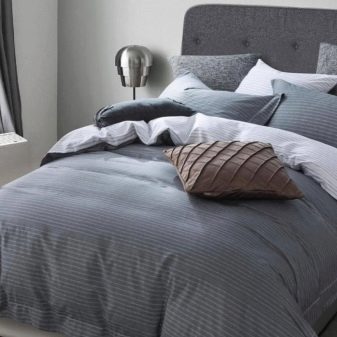
What it is?
The duvet cover is the largest piece of bed linen and consists of two sheets sewn together.
The duvet cover serves not only to keep the duvet clean, but also acts as a kind of layer that helps to keep the duvet on the sleeping person or on the very sleeping place (if the blanket is made of satin fabric) or to regulate the heat (an additional layer between the blanket and the sleeping one).
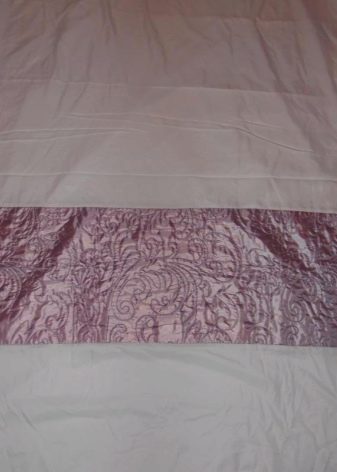
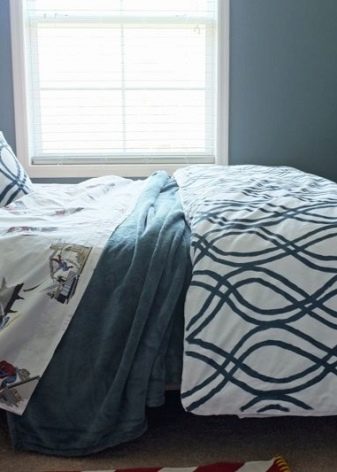
In recent Soviet times, woolen blankets were common, which caused discomfort if covered without a duvet cover - they were warm, but prickly.
Description of species
Duvet covers come in many varieties and can be classified according to several criteria.
By type of blanket holes
The most common duvet covers are those familiar from childhood: diamonds or squares in the middle of the duvet cover. Such models with a cutout in the center were designed for convenient and quick-error-free threading of the blanket into the cover. The most common mistake when sewing on a quilt is twisting the ends inside the duvet cover. Therefore, Soviet duvet covers solved this problem by a central hole on the face of the duvet cover.
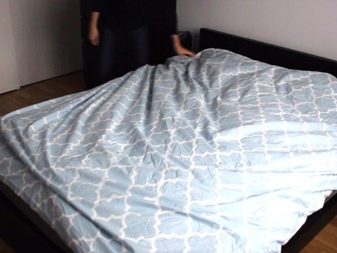
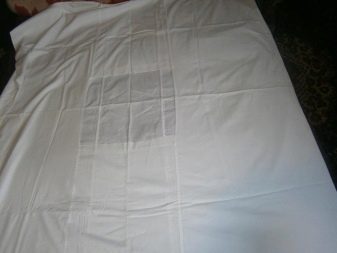
Duvet cover type B1
This is a duvet cover, in the center of which there was a cutout in the form of a square or a diamond on the outside. The sides of this hole could be parallel to the seams of the duvet cover or be located at a 45 ° angle. This type was intended for use in baby and teen sleeping sets.
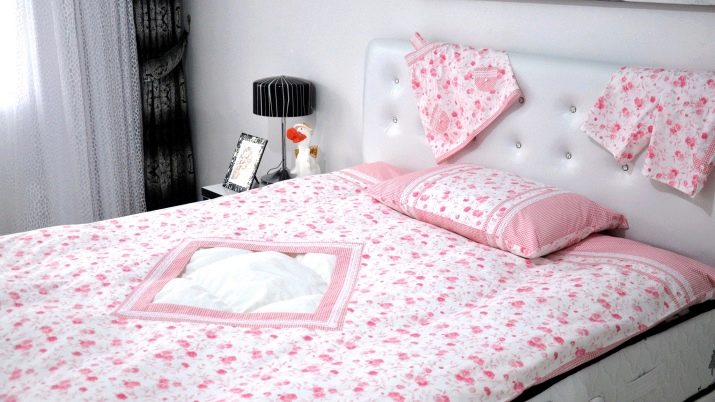
Duvet cover type B2
This is a duvet cover, in the central part of which there was a rectangular cutout on the outside. The sides of the rectangular opening were parallel to the side seams of the duvet cover. This type was intended for use in adult bedding sets.

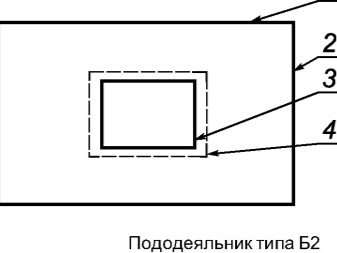
Flap models that do not have a clasp.
- Duvet cover type B1. This is a duvet cover with a flap on the outer face. It is sewn mainly for hotels.
- Duvet cover type B2. Duvet cover with a flap on the long side. Used for sewing family sets.
- Duvet cover type B3. Duvet cover with a flap on the short side. Convenient in execution, especially common among seamstresses who work at home.
- Duvet cover type B4. Duvet cover with a flap in the middle, on the front side. This type is most often chosen by customers in stores.
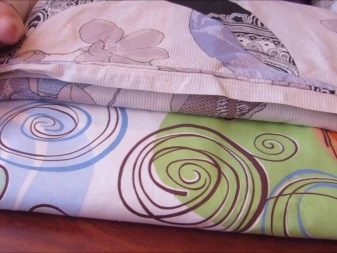
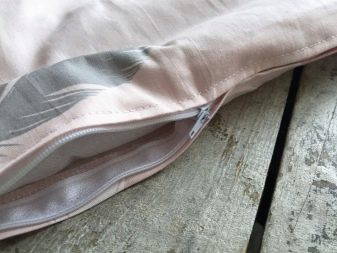
By clasp type
With a zipper
Such duvet covers have appeared relatively recently. Convenient fastener in the form of a zipper located on the edge of the duvet cover in its narrow part.
When choosing a duvet cover with a zipper, it is important to take into account the quality of the zipper and check whether the slider “walks” well, if it does not chew on the fabric and how well the ends of the zipper are processed - they should be tightly sewn from the inside of the duvet cover.

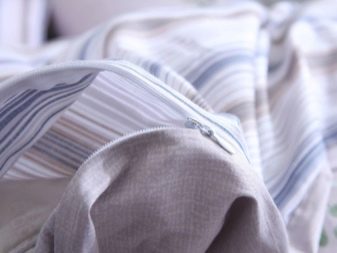
Inexpensive models with such clasps can be found in the IKEA store. There are even models for the very lazy - duvet covers with zippers on three sides, so that it is as easy as possible to place the blanket inside the duvet cover and quickly button it up without unnecessary hassle.

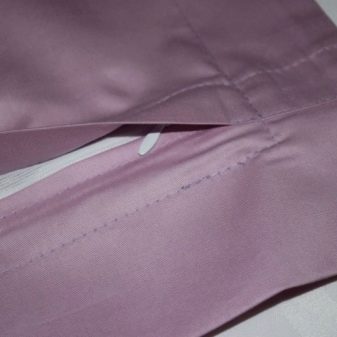
Button-down
Duvet covers from Soviet times were most often fastened with buttons. Sewn along the entire length of the ribs of the duvet cover, they caused a lot of inconvenience when ironing. And often the buttons were not of the highest quality - the sharp edges scratched the legs, and during washing they cling to other things. Also, the disadvantage of such a fastener is still a long fastening of all buttons when changing underwear.
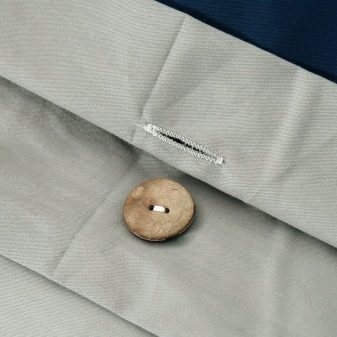

Modern headsets with this type of fastening have buttons covered with the same fabric from which the duvet cover itself is made. These buttons do not cause discomfort when in contact with the skin.
On buttons
The modern look of the clasp. The buttons are easy and quick to fasten, they have a streamlined shape and will not damage other things during washing, and also do not feel on the legs.
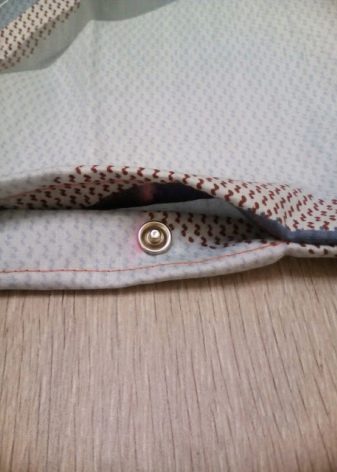
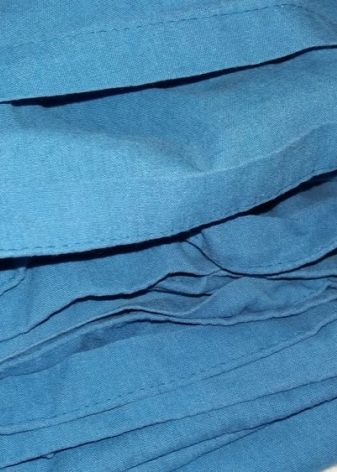
With ties or bows
This is the classic way to keep the blanket in the cover. Now this option is very rare, but sometimes it is used by expensive brands of bedding. Clients are different, and someone really likes to use things, the functionality of which came from ancient times.
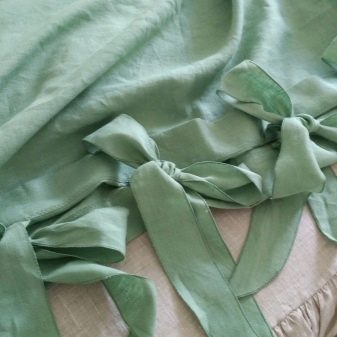

Secret locks
The modern way to hide the clasp. This is due to the fact that the fashion that came from European countries, where they abandoned bedspreads, dictates the use of a duvet cover, and nothing else should be on top of the bed.
In this case, the duvet cover should look more than decent, and the fastener should be hidden. Such models have an additional lapel of the fabric that covers the zipper or a row of buttons.
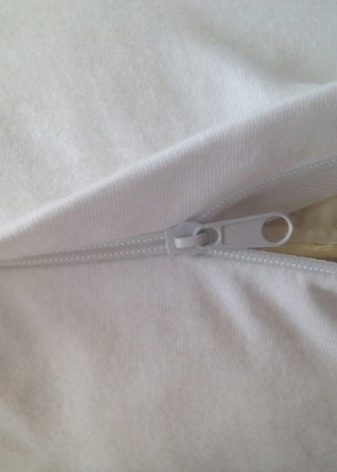
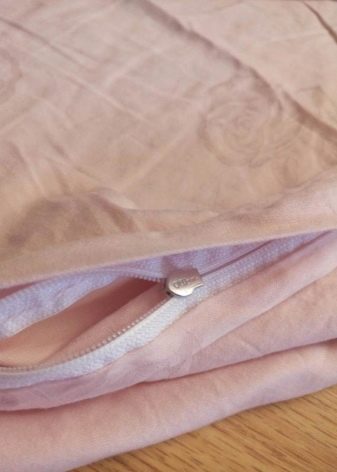
Dimensions (edit)
Sleeping sets are different based on what kind of bed they are intended for. The standard for the size of the duvet cover is a one and a half set - it is the most common and demanded among consumers. Duvet covers can be classified based on the size of the duvet used:
- children - 147x115 cm - designed for cots;
- one and a half - 215x145 cm - for teenagers and adults who sleep in a single bed;
- double - 215x175 cm - used for the quilt of a double bed for two people;
- euro - 220x200 cm - size for a double bed of non-standard increased width;
- family or Euromaxi - 260x220 cm - size for a double bed of non-standard width, on which joint sleeping with children is practiced.
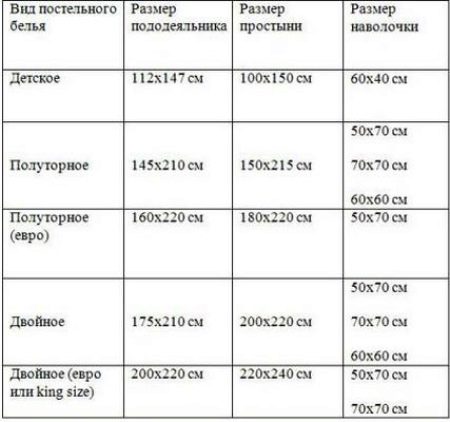
For to sew a cover, you need to measure the length and width of the blanket and transfer these measurements to the fabric to be cut.
As a rule, the duvet cover is sewn with an allowance of 3-5 cm, adding extra space to the width of the duvet. This is so that the duvet cover can be easily slipped over the duvet.
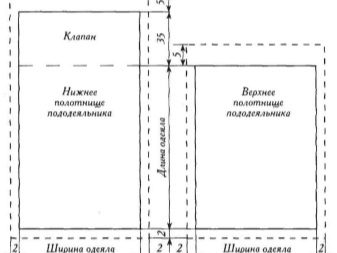

You should not buy a duvet cover, the size of which will be much larger than the blanket itself - it will crumple and get lost, which will bring inconvenience to use, and the blanket will not be able to fulfill its function of keeping heat.
Materials (edit)
When choosing bed linen, it is important to pay attention to the fabric from which the set is made. Inexpensive bedding is made of synthetic materials that do not allow air to pass through well, practically do not absorb moisture (sweat), stick to the skin, cause discomfort and irritation. They are also easily electrified and can melt when ironed from a hot iron.
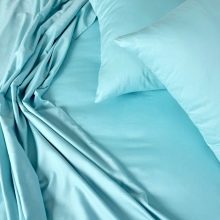
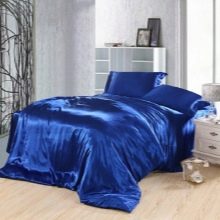
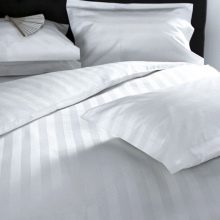
Satin
Has a smooth surface, which resembles satin fabric. It dries for a long time after washing, does not melt when burning, and with a sufficiently long use, dense weaves of cotton threads become visible on it, which indicates its naturalness. Satin and coarse calico are almost the same in terms of durability and practicality, but satin is more pleasant to the touch, looks more beautiful.
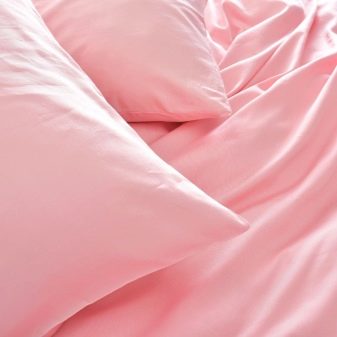
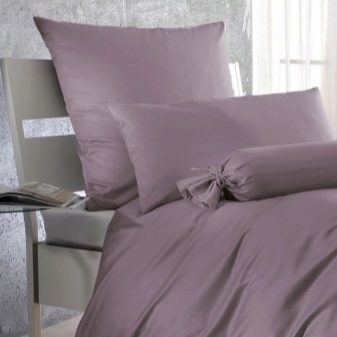
Poplin
Another type of fabric for sewing bedding. You can find it out by looking closely at the fabric itself: the interweaving of cotton threads of different thicknesses create a special “ribbed” pattern. Poplin does not stretch with use, but does not withstand high temperatures. 30 ° is the maximum washable poplin duvet cover. The advantage of this fabric is the durability of the drawings on the bedding. Thanks to the "ribs" such a duvet cover does not slide off the bed or from the sleeping person. The fabric is not unpleasant. The material is well ventilated and absorbs sweat.
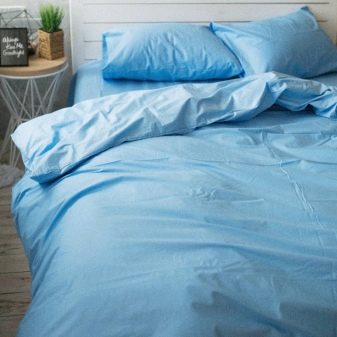
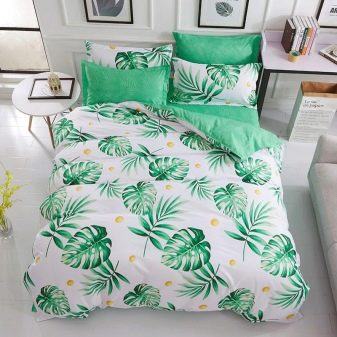
Linen
Natural fabric made from a herbal plant. It has a number of specific properties that have a beneficial effect on humans:
- does not cause allergies;
- light;
- has an aesthetic appearance;
- will last a long time;
- not afraid of the high temperature of the iron.
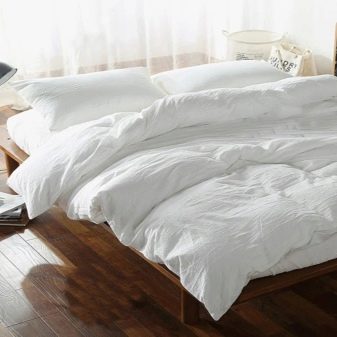
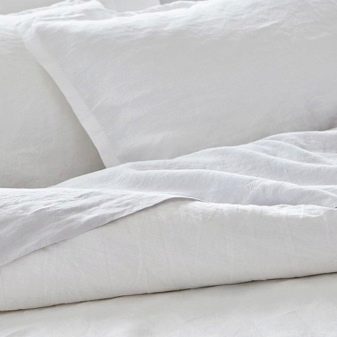
Linen fabrics are durable due to the structure of the weave of tough threads. Therefore, a linen set is not chosen for children or people with sensitive skin.
Terry sets
They are sewn on the basis of natural fabrics. One-sided terry is achieved by a special method of making the material: the thread is pulled into a long loop, as if stitching the entire fabric, filling it with many loops. The density and degree of terry of the material will depend on the length of the loop. Terry kits are becoming more and more popular as they can replace the bedspread.

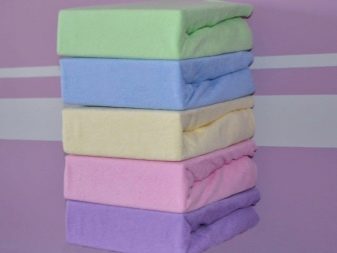
Such duvet covers are also attractive in that they perfectly retain heat and do not require ironing after washing. The downside is the gradual stretching of individual loops, which spoils the appearance. Terry bedding is more difficult to keep clean: frequent loops are a breeding ground for dust mites and other parasites.
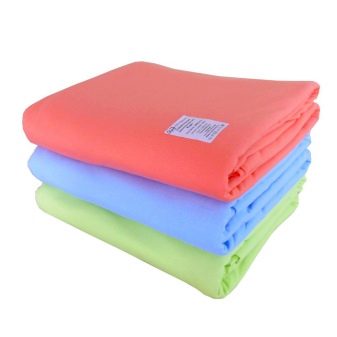
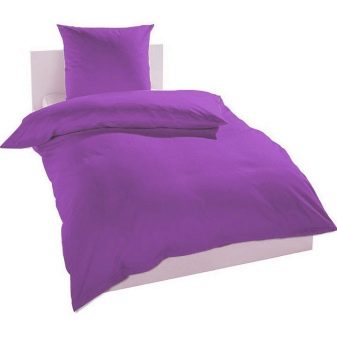
Warm look
This is a novelty in the modern market. Such a duvet cover is made of different materials: one side of it is made of denser or terry cloth, and the other is made of thinner. Accordingly, the parties were named "winter-summer". One side is for use during the warmer months, and the other is for cold weather when additional heat is required.
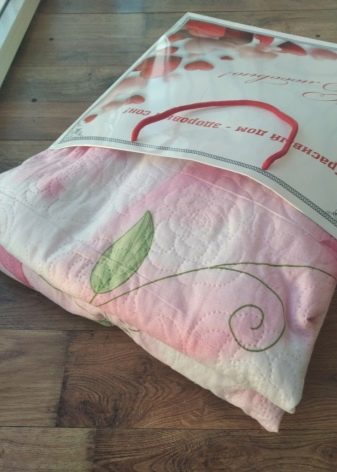

Design options
When choosing bed linen, it is important to take into account the naturalness of fabrics, the quality of tailoring, but the design is at the discretion of the client himself.Stores offer their consumers a wide variety of colors and prints on bed linen. Usually, the most eye-catching is the duvet cover, as it sits on top of the sheets and pillows. Therefore, beautiful subjects are most often depicted.
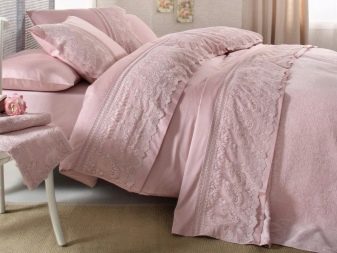
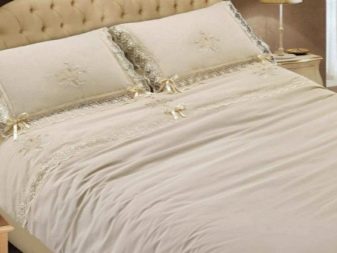
For children, these are scenes from cartoons, images of their favorite characters, for boys - with cars, robots, dinosaurs; for girls - with princesses and cute cartoon animals. There are on sale kits for children that contain additional elements: animal faces are embroidered on the duvet cover, bunny ears are sewn on. For adults - abstraction, Scandinavian patterns, design images (space, landscapes, still lifes). For the inexperienced client, there is a standard set with a white duvet cover.
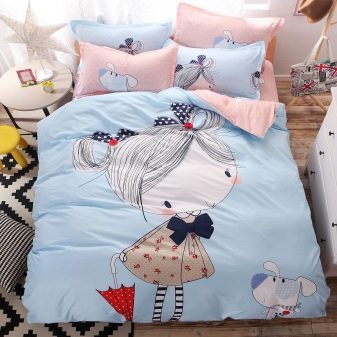
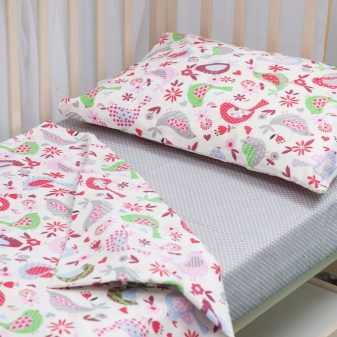
Accessories
Duvet covers are designed to protect the surface of the blanket from contamination, and therefore the cover itself must hold the blanket well at its ends. To do this, some covers have loops on the inside, and the blanket, accordingly, has ties (or vice versa). The strings are passed through the loops and tied, thereby securing the blanket at the ends of the duvet cover.
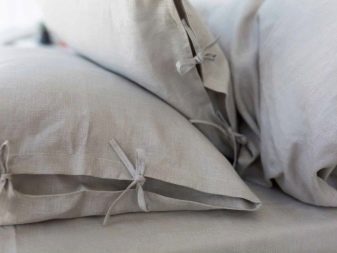

There are other ways to secure the blanket.
- Clamps - basically these are plastic retainers-clips, consisting of two parts: a semicircular part with the ability to fit a round part smaller in diameter. When worn over a duvet cover, such a clip fixes the duvet well. The clip itself is made of hypoallergenic material, lightweight, does not cause inconvenience when using. Well suited for use in baby sleeping sets.
- Safety pins - safety pins covered with a thick layer of plastic are used to fix the blanket. They need to pierce the duvet cover and blanket and close the pin with a lock. The disadvantage of using such pins is that there is always a concern that the pin will open (although the safety pin is considered the safest type of pins). In addition, puncture sites can spoil the appearance of the fabric, so you need to use the pins carefully, introducing the needle into the interlacing of the threads on the duvet cover.
- Clips - metal or plastic clips with crocodile teeth. Tightly fix the blanket. They are usually attached to the side seam of the duvet cover to minimize the discomfort from using clips.
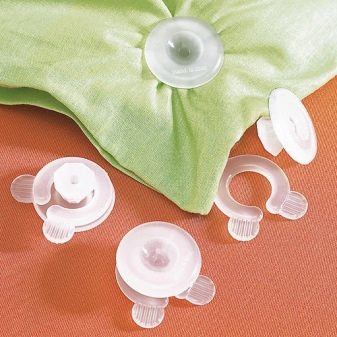
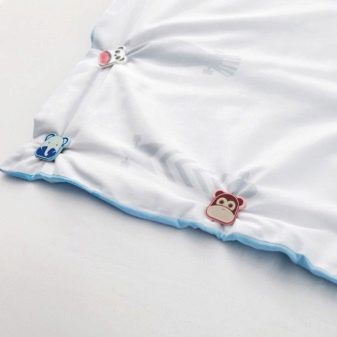
So that the blanket does not get confused and holds well without any holders, you should pay attention to the fabric from which the duvet cover and the blanket itself are made. If the surfaces are made of linen or rough, terry fabrics, then the clamps are not required - the blanket will not slide inside the duvet cover.
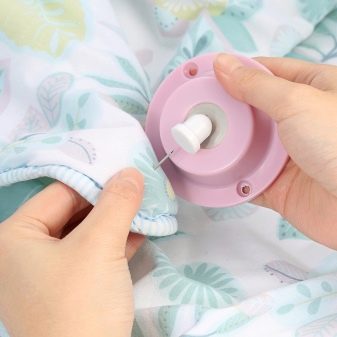
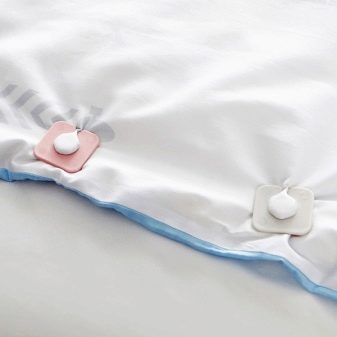
Nuances of choice
You should choose a duvet cover based on the size of the duvet, taking into account a stock of 3-5 cm. The duvet cover should be larger, not only to make it easier to put the blanket into it, but also to protect yourself from upset after washing a new bedding set - from hot water and subsequent drying, the washed fabric for the first time shrinks 2-5 cm. Manufacturers independently calculate the shrinkage rate of a particular type of fabric, based on the density of weaving of the threads. Therefore, do not be alarmed if the duvet cover is slightly larger than the duvet itself. Over time, the fabric will shrink and take on the final reduced size.
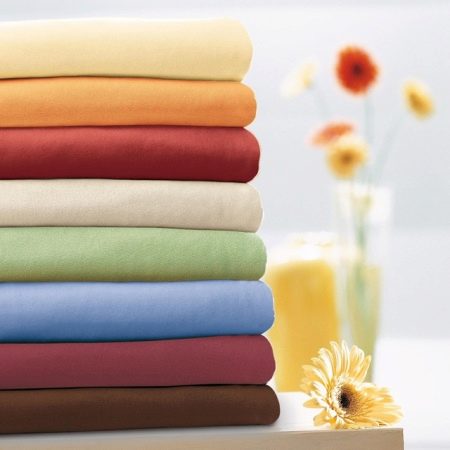
Consultants in specialized bedding stores will help you choose the right duvet cover. To do this, they need to tell them the dimensions of their blanket, for example, 200x220, and they will show the appropriate sets for your blanket. The client only has to choose the fabric from which the duvet cover will be made and the color.
The weight of bed linen is an important criterion in choosing. If the blanket itself is light, its filling is swan's down, then heavy duvet covers are not suitable for such a blanket, they will knock it down and reduce the splendor.

Also, do not choose heavy fabrics if you do not want to feel additional weight from a blanket, which is, for example, wadded.
Duvet covers made of synthetic fabrics poorly regulate heat exchange, do not have good hygroscopicity. Therefore, it is better to choose synthetic sets for the off-season, and in the warm season, give preference to cotton fabrics in order to prevent overheating. In winter, it will be cold under a synthetic duvet cover, besides, it is slippery due to the structure of the fabric, and will slide off the sleeper and out of bed all the time.

Care Tips
The most important advice when using a duvet cover is to carefully read the labels of the bedding set. They indicate the material from which the linen is sewn and give recommendations for care (at what temperature to wash, iron, in what position to dry). In case the label is lost, you must adhere to the following rules.
- Change bed linen at least 1 time a week, or more often if the sleeper sweats or has allergic / infectious diseases during sleep.
- Before washing, shake out the duvet cover and turn it inside out. This will prevent premature wear of the fabric and keep the good appearance of the front side.
- Wash bed linen with sufficient water and space in the washing machine. Some housewives "fill" the washing machine, based on the calculation of kg, but it is important to remember that a duvet cover is a volumetric element of bedding, it needs to be washed well and rinsed out. Therefore, it is best to wash the duvet cover by self-washing. In addition, loading one type of fabric into the washing machine ensures that there are no pellets, which can be difficult to get rid of later.
- The temperature regime for different fabrics should be selected according to their type. Typically, the preferred modes are indicated on washing machines:
- 30 ° C - for poplin and cambric;
- 40 ° C - for colored textiles;
- 50 ° C - for calico and calico.
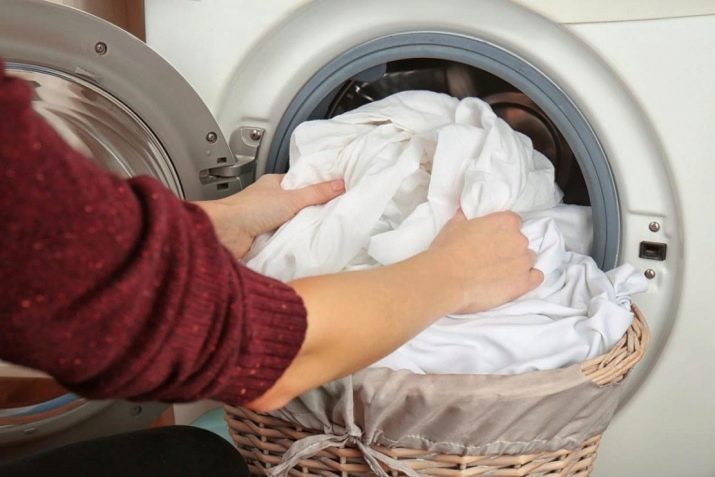
At the maximum temperature, it is permissible to wash only natural cotton fabrics without a pattern. Hand wash is recommended for silk linen, without twisting. Drying - vertical.
It is better to wash bamboo sets the first time by hand, the next - in the machine at 30 °.
- It is recommended to dry clothes in a flattened state, preferably in a well-ventilated area or outdoors. However, prolonged exposure of the linen to the sun's rays contributes to the fading of the pattern.
- For ironing, it is recommended to use an ironing board covered with a cotton cover.
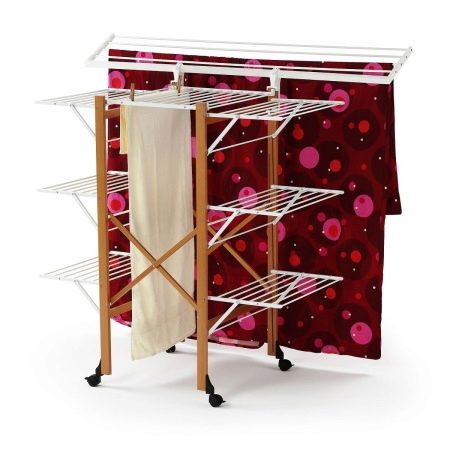
Ironing of a duvet cover made of synthetic fabrics is possible only from the wrong side at the minimum temperature of the iron, since the interlacing of synthetic threads can melt and worsen the appearance of the linen, as well as spoil the surface of the iron. Cotton fabrics can be ironed from the right side at the maximum temperature of the iron. Linen sets should be slightly underdried to make them easier to iron.









